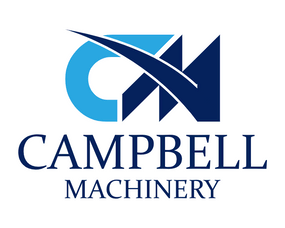10/07/2023 0 Comments
Sandblasting vs soda blasting
Sandblasting and soda blasting are two popular methods used in various industries for surface preparation, and both are effective ways to remove dirt, paint, rust, and other contaminants from different surfaces.
Sandblasting is a technique that involves using high-pressure compressed air to propel abrasive particles against a surface. The abrasive material, typically sand or similar grit, effectively removes coatings, corrosion, and imperfections from various materials, whereas soda blasting, is a gentler method that utilises sodium bicarbonate (baking soda) as the abrasive material. The process is similar to sandblasting but uses a less aggressive Soda Blasting machine, making it suitable for delicate surfaces and materials.
Let's examine the differences between Sandblasting vs Sodablasting
Surface Abrasion
Sandblasting is highly abrasive and can remove tough coatings and surface imperfections effectively. It is suitable for heavy-duty applications and materials like metal.
Soda blasting is less abrasive and gentler on delicate surfaces, making it ideal for materials like glass, wood, and fibreglass.
Environmental Impact
Sandblasting produces dust and debris that can be hazardous to the environment and human health if proper precautions are not taken. It also generates a significant amount of waste material.
Soda blasting is eco-friendly as it uses a biodegradable and non-toxic substance. The residue left behind can be easily washed away.
Safety Considerations
Sandblasting generates a large amount of dust and requires operators to wear protective gear such as goggles, masks, and coveralls. The abrasive particles used can also cause injury if not handled properly.
Soda blasting, with its less abrasive nature, poses fewer risks to operators and does not require extensive protective measures.
Versatility and Substrate Compatibility
Sandblasting can be used on a wide range of materials and surfaces, including metals, concrete, and brick. It is effective for heavy-duty cleaning and preparation tasks.
Soda blasting is best suited for delicate materials and surfaces that require a gentler approach. It is not as effective on heavy rust or thick coatings.


Comments
Leave a comment